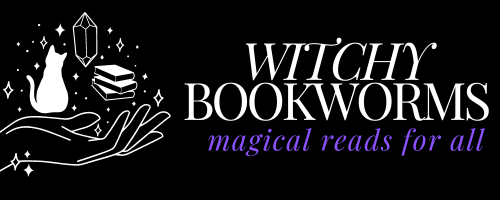First, let’s get the name right.
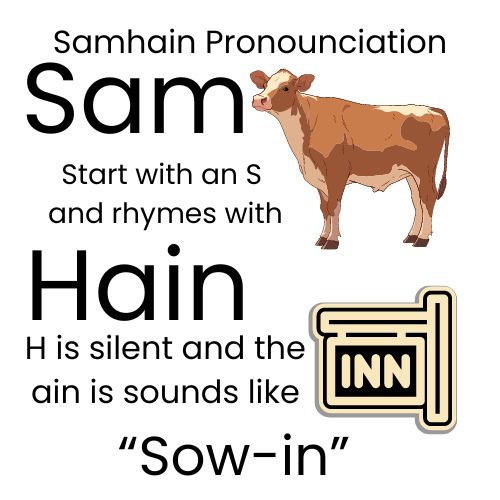
Samhain, Gaelic in origin, pronounced “Sow-in” not “Sam-hane.” It’s a common mistake in the pronunciation. The “mh” combination in is typically pronounced like a soft “w” or sometimes almost silent. So, instead of saying “Sam,” it sounds closer to “Sow” (rhymes with cow). The “ai” in “hain” part of the word is pronounced like a short “i,” and the “h” after the “a” softens the pronunciation, making it sound closer to “in” rather than”hane.”
Now you know!
The Original All Hallows’ Eve.
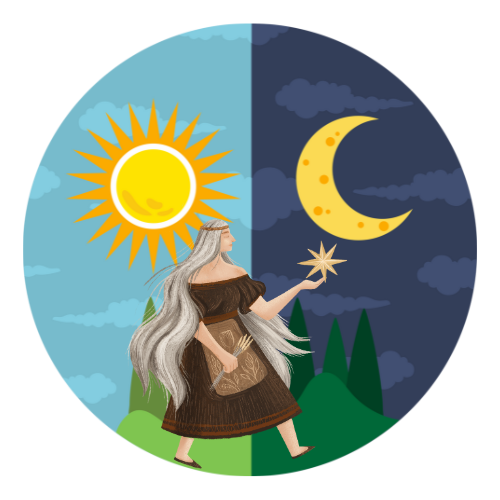
Samhain was popularly celebrated by the ancient Celts who had arrived in Ireland around 2500 years ago, but Mound of the Hostages on the Hill of Tara estimated to be 4,500 to 5,000 years old, suggest that Samhain was celebrated in some way even before then by the Neolithic farmers in Ireland. It takes place at the midpoint between the fall equinox and the winter solstice, and is commonly celebrated from October 31st to November 1st. It marks the end of the harvest season and the beginning of winter, or what the ancients called “the dark half of the year.” This was believed to be when the veil between the living and the dead is thin enough for the dead, and other supernatural creatures, to cross through and visit the living. In other words, spirits of the dead, fairies, and other creatures were believed to have a free pass to mingle with the living.
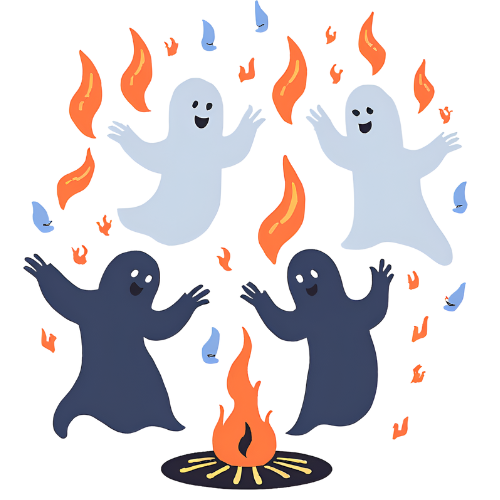
To keep these spirits from wreaking havoc, people would light huge bonfires, which served dual purposes: one, to guide friendly spirits, and two, to scare off the ones that had a bit too much “afterlife energy.” Bonfires were like the ultimate ancient Tiktok filters. They were designed to make you look friendly to the nice ghosts and unapproachable to the unfriendly ones.
Costumes: More than Just a Fashion Statement
Costumes weren’t just an excuse to wear a pirate outfit one more time. In ancient Samhain celebrations, people dressed up in animal skins and scary getups to fool the spirits. The idea was simple: the spirits would leave you alone if you looked like a monster or a fellow ghost. (It would be nice if it worked on the living. Very handy if your ex-mother-in-law makes an unannounced visit!).
Over time, these disguises evolved, and by the Middle Ages, folks began carving faces into turnips (yes, turnips, not pumpkins) and placing them by windows to ward off evil spirits. It turned out that turnips are really hard to carve (go figure), and the switch to the more cooperative pumpkin happened when Samhain made it across the Atlantic to the new world.
Trick-or-Treating’s Spooky Beginnings
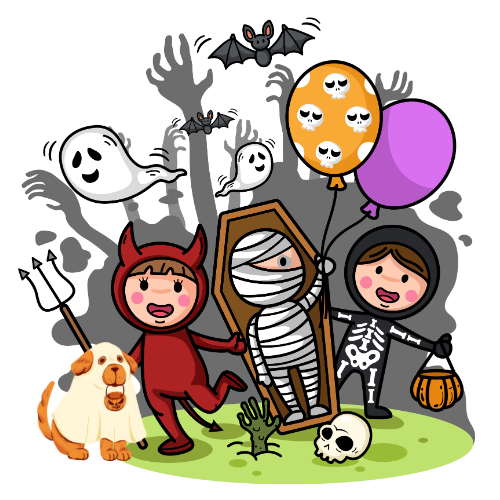
Here’s a fun twist. Modern trick-or-treating has its roots in the Samhain tradition of “mumming” or “guising,” where people would go door to door in costumes, singing songs or reciting verses in exchange for food. It was like caroling, but instead of “Jingle Bells,” you’d probably hear something closer to “Feed me, or else!” It wasn’t just for fun, though—it was believed to be a way to placate wandering spirits.
So, next time a kid dressed as a tiny Dracula asks for candy, remember, they’re not just being adorable little spookies, they’re channeling ancient Celtic vibes to soothe the restless spirits.
Lore of the Mischievous Fairies
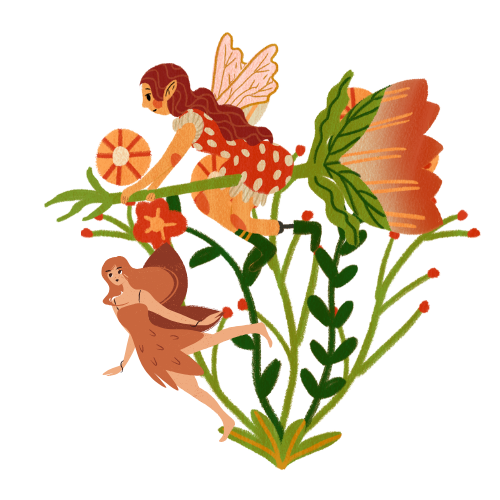
Speaking of trickery, Samhain lore is packed with mischievous fairies, known as the Aos Sí (pronounced ees shee). These little troublemakers were believed to be particularly active during Samhain, and people would leave out food and drink offerings to appease them. Think of it as bribing the trash pandas, aka raccoons, with food to keep out of your trash bins at night. (Good luck with that. Hah.) These fairies weren’t the sweet and helpful Tinkerbell types. They were more like the curse-your-cow or steal-your-baby-and-swap-it-with-a-changeling kind. Samhain was their night to shine—or prank, depending on how you look at it.
Final Thoughts

I could write a novel (or at least a novella) on all the different traditions and lore (many that I haven’t touched on), but I think I’ve covered enough to show that Samhain is way more than just a precursor to Halloween. It’s a night of ancient traditions, supernatural pranks, and a whole lot of history. So whether you’re lighting a bonfire, carving a pumpkin, or hiding from doorbell ringers, remember that you’re keeping alive a festival that’s been haunting people for thousands of years. And who knows, maybe you’ll catch a glimpse of a friendly spirit—or at least avoid getting egged by a precocious fairy.
Thanks for reading the article and please know this is a brief overview of the pagan holiday and not a deep dive (this history is rich!). That said, I’m wishing you all a safe and trickery-free Samhain.
xxoo, Renee George
If you love Halloween stories, check out my story, Rogue Coven, part of the Witchin’ Impossible Series!
